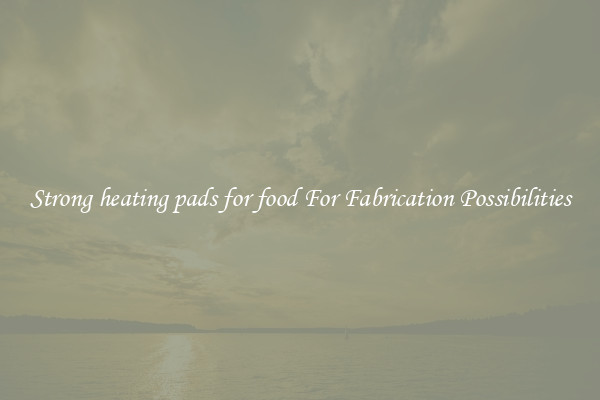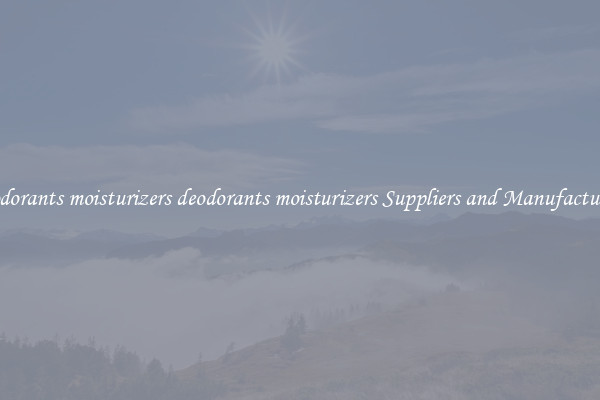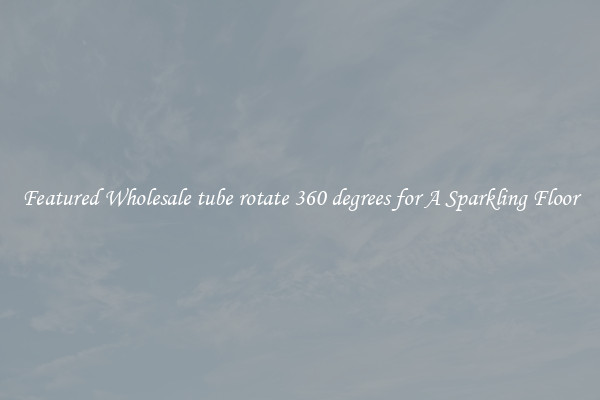Strong heating pads for food For Fabrication Possibilities
Strong Heating Pads for Food: Exploring Fabrication Possibilities

Heating pads are a staple tool in the food industry, ensuring that meals are served hot and fresh. Whether it be in restaurants or catering events, a reliable heating pad is essential for maintaining temperature and ensuring food safety. However, conventional heating pads often lack durability and fail to withstand the demands of commercial use. This leads us to explore the potentially exciting realm of strong heating pads for food, designed specifically for fabrication purposes.
Fabrication is a process that involves the construction of products from raw materials, often through specialized machinery and techniques. When it comes to strong heating pads for food, fabrication offers a range of advantages, such as enhanced durability and customization options. Let's delve into some of the possibilities that fabrication brings to the table.
First and foremost, fabrication allows for the creation of heating pads using stronger and more robust materials. Conventional heating pads often employ thin and delicate wiring, making them prone to damage and decreasing their lifespan. In contrast, fabrication techniques such as reinforced casing and sturdy internal components can ensure that the heating pad can withstand frequent use and mechanical stress. This not only saves money on regular replacements but also promotes sustainability by reducing electronic waste.
Furthermore, fabrication techniques open up avenues for customization and additional features. For instance, heating pads can be designed with different shapes and sizes to accommodate specific food containers, such as rectangular trays or circular pots. Moreover, the inclusion of adjustable temperature controls can provide chefs with greater control over the heating process, ensuring that different dishes are heated precisely according to their requirements.
Another exciting possibility is the incorporation of smart technology into strong heating pads. With the advancement of the Internet of Things (IoT), heating pads can be equipped with sensors and connectivity features that allow remote monitoring and adjustments. This could prove valuable in situations where multiple heating pads are utilized simultaneously, giving chefs the ability to manage and monitor all the pads from a central control panel.
Fabrication also opens doors to efficient energy use. Strong heating pads can be designed to optimize heat distribution, ensuring minimal energy wastage. By strategically placing heating elements and employing heat-conductive materials, these pads can efficiently transfer and retain heat, reducing energy consumption and, subsequently, electricity costs.
In conclusion, the fabrication of strong heating pads for food presents a wealth of possibilities for the food industry. By using robust materials, creating customization options, incorporating smart technology, and optimizing energy consumption, these pads can enhance the overall dining experience and reduce costs for businesses. It's time to embrace the potential of fabrication in the food industry and elevate the way we heat and serve our meals.

View details

View details

View details

View details








